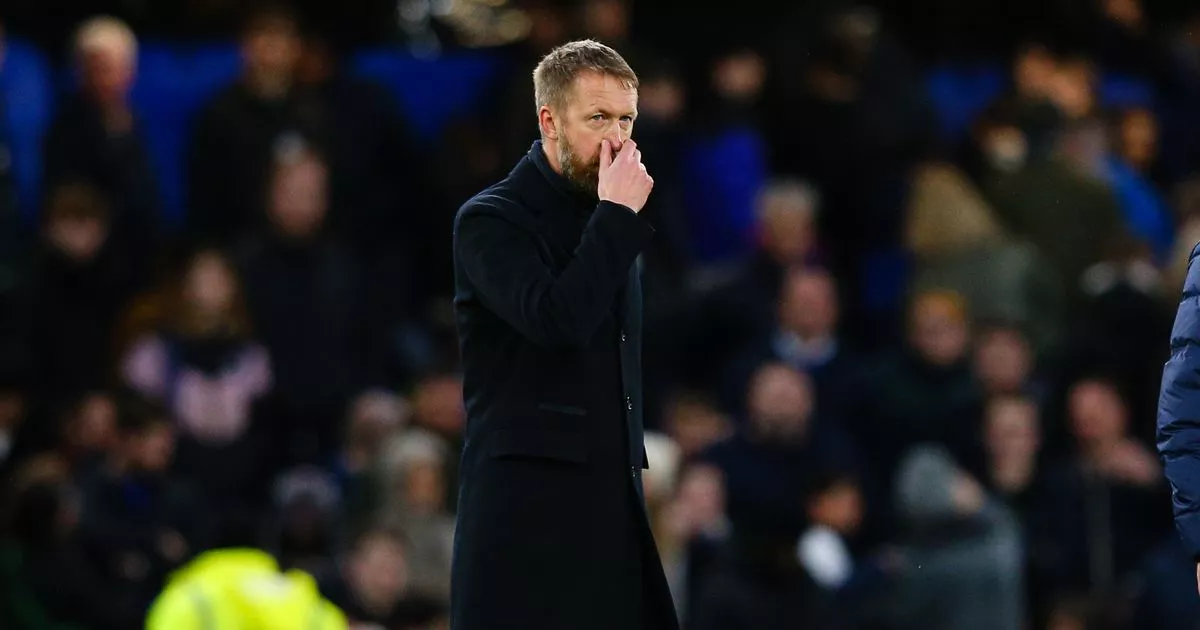The world of football management is rife with pressure and intense scrutiny. Managers are often the first to face the axe when results go awry, as clubs desperately seek success and financial security. This unrelenting quest for immediate success has driven down the average tenure of managers over the years. The question arises: should there be a designated window during which clubs can dismiss their coaches?
In the footballing realm, maintaining a spot in the top division of any country carries significant financial incentives. Clubs find themselves willing to take drastic measures to escape relegation battles, with loyalty towards managers diminishing rapidly. The landscape has evolved to the point where job security for managers is at an all-time low compared to a decade ago.

According to research by the CIES Football Observatory during the 2022/23 season, approximately one in two coaches worldwide faced dismissal mid-season. In some regions, such as Tunisia, all 16 first-team managers in the top division were relieved of their duties, as were 90% in the Bosnian and North Macedonian leagues.
Certain countries offer more job security for managers. In India, only one out of 11 managers faced sacking. The Indian Football League lacks the threat of relegation, and the introduction of promotion and relegation systems could potentially alter this scenario in the near future.
Turning to European football, Italy boasted the highest percentage of managers who retained their positions, with just over 70% holding onto their jobs. In the Premier League, 55% of managers faced the axe, making it the most precarious major league for coaching roles in Europe.
Clubs today are not solely driven by results but also by the perception and branding of their organization in the public eye. This shift in priorities has led to a trend where clubs prioritize appearances over giving managers time to prove themselves.
Football writer Gabriel Sutton highlights this aspect, stating, “Clubs are very much obsessed with the branding side of things, how they are seen by the outside world. So, whereas 10 to 20 years ago, owners would’ve been more inclined to show faith in a manager and trust the process, now they are thinking, ‘What do other people think when they look at us?’. That is an issue we’ve got to challenge first of all.”
Despite the impulsive nature of managerial sackings, there have been instances where sticking with a struggling manager has reaped rewards. Mikel Arteta at Arsenal is a prime example, as he faced calls for dismissal in 2021 but managed to lead the team to an impressive turnaround in the following years.
Considering the worldwide popularity of the transfer window for player signings, could a similar concept be introduced for managers? UEFA-qualified football coach Pedro Mendonca believes this approach could provide managers with more time to implement their coaching philosophies.
He suggests, “It’s a good idea because you have time to stay at the club and more time to show your work. But what could also work is a rule like they have in Spain, where managers can only manage one club per season. So, if you start like Xavi in Barcelona, he cannot coach more teams in the Spanish league for that season. That may be a good middle solution.”
The modern footballing landscape also offers a silver lining to managers who find themselves out of a job, as hefty payouts are not uncommon. The managerial merry-go-round often results in substantial financial settlements. Managers like Antonio Conte, Julian Nagelsmann, and Laurent Blanc have received multi-million euro payouts after their dismissals.
As football continues to evolve, the notion of a managerial transfer window may gain traction, potentially becoming as ubiquitous as the player transfer window. However, for now, managers must contend with the unrelenting pressure and expectations to deliver immediate success.
